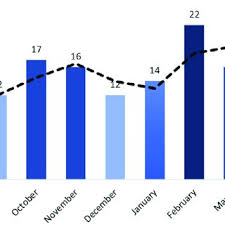Understanding ACL Injury: Causes, Symptoms and Recovery

Introduction
Anterior Cruciate Ligament (ACL) injuries are among the most common knee injuries, particularly in athletes participating in sports that involve pivoting or sudden changes in direction. As awareness of sports-related injuries grows, understanding the implications of an ACL injury becomes increasingly relevant for athletes, coaches, and sports enthusiasts alike. This article provides insights into the causes, symptoms, and recovery options associated with ACL injuries.
What is an ACL Injury?
The ACL is one of the key ligaments that help stabilise the knee joint. An ACL injury occurs when this ligament is sprained or torn, often resulting in pain and instability in the knee. According to recent data from the National Institute of Health, approximately 200,000 individuals each year in the United Kingdom suffer from ACL injuries, with a significant number occurring during sporting activities.
Causes of ACL Injuries
ACL injuries can occur through various mechanisms, including:
- Sudden stops or changes in direction while running.
- Landing awkwardly from a jump.
- Direct impact or collision, especially in contact sports.
Research shows that certain sports, such as soccer, basketball, and skiing, have a higher incidence of ACL injuries. Additionally, studies suggest that female athletes may be at a heightened risk due to anatomical and hormonal differences.
Signs and Symptoms
Common signs and symptoms of an ACL injury include:
- A loud “pop” sound at the moment of injury.
- Severe knee pain and swelling.
- Loss of full range of motion.
- Instability when trying to stand or bear weight on the affected leg.
If these symptoms occur, it is crucial to seek medical attention promptly to avoid further damage and to initiate appropriate recovery protocols.
Recovery and Rehabilitation
Recovery from an ACL injury can be a lengthy process and typically involves several stages:
- Immediate care: R.I.C.E (Rest, Ice, Compression, Elevation) method should be employed to reduce swelling.
- Medical evaluation: MRI scans are often conducted for a definitive diagnosis and to determine the severity of the injury.
- Rehabilitation: Physical therapy is essential for restoring strength and range of motion. A tailored rehabilitation program can last anywhere from 6 months to a year, depending on the severity of the injury and the individual’s athletic goals.
- Surgery: In cases of complete tears, surgical intervention may be necessary to reconstruct the ligament.
Conclusion
ACL injuries represent a significant challenge for athletes, impacting not only their performance but also their overall quality of life. Understanding the causes, symptoms, and recovery processes is critical for prevention and effective management of these injuries. With advancements in medical treatments and rehabilitation techniques, individuals recovering from an ACL injury can often return to their sports activities stronger and better prepared to avoid future injuries.









